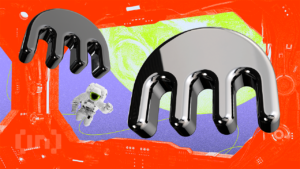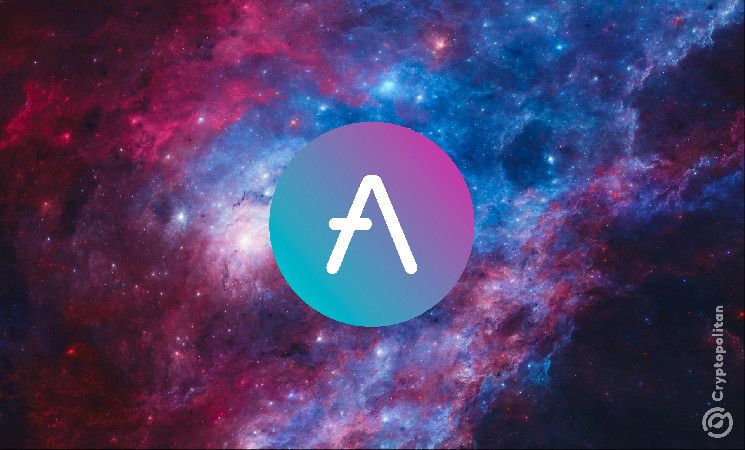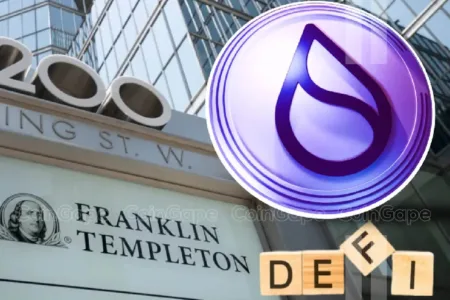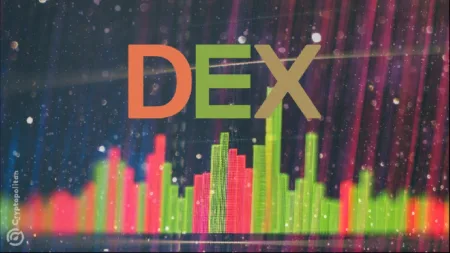Aave (AAVE) drew in more than $20B in net deposits again, following the overall market recovery. The protocol continues to expand as the supply of GHO is now above 150M tokens.
Aave (AAVE) is one of the fastest-growing protocols, rebuilding its value in the past three months. After a brief period of withdrawals, net deposits on Aave are back above $20B. The protocol carries more than $7.5B on active loans, which are safely protected by excess collateral.
The Aave protocol is also growing its value locked as crypto markets regained their positions. Aave total value locked (TVL) increased to $12.5B on its Ethereum version. On all chains and versions, DeFi Llama reports total value locked of $20.53B. After the latest expansion, Aave surpassed EigenLayer, remaining the second most liquid DeFi hub after LidoDAO.
The value is fragmented across a total of 13 chains. User count and value locked may differ depending on the size of deposits and transaction expenses. The recent boost to Aave metrics follows the rapid appreciation of the AAVE token, one of the few to outperform Bitcoin (BTC) in the past months.
AAVE expects breakout to $200
Aave established itself as the most reliable lending protocol on Ethereum, after outflows from Curve. The protocol also surpassed Sky, formerly Maker, which is still busy reorganizing its collaterals and asset structure.
AAVE climbed from just outside the top 100 of coins and tokens, up to position 37 with a total capitalization of $2.47B. AAVE expanded to $177 during its most recent rally, later retreating to $165.32. The asset is seen as potentially breaking out higher, as it has not yet left the years of sideways trading.
From 2025 onward, Aave will also start unlocking its Ecosystem Reserve tokens. Only around 18% of AAVE tokens remain unlocked, as the project has gone through its steepest inflationary stage. The AAVE token launched four years ago and its fully diluted value is only slightly higher than the circulating market capitalization.
Aave is watched as the potential leader of the DeFi space. Even other protocols are using Aave as the main lending and settlement layer. The asset is expected to break out and touch $250 in the short term, with a chance of repeating its all-time high above $660. The latest ETH hike improved the overall state of DeFi, by increasing the value of collaterals. The whole DeFi sector now holds more than $89B in collaterals and liquidity pools.
Aave prepares to divest WBTC
Aave protocol holds $2.3B in value locked in the form of Wrapped BTC (WBTC). This token is considered risky, due to the shift of control to BitGlobal. The Aave WBTC reserves surpass even those of Sky and will have a much bigger effect on the market when divested.
There is still no proposal to remove WBTC as a collateral asset. The current discussion is just a consultation with the community. The initial goal is to reduce WBTC collateral to zero on the most widely used chains for Aave – Ethereum, Arbitrum, Avalanche, Harmony, Optimism, and Polygon.
WBTC has a total market cap of $9.66B, and the move of Aave may be the most significant winding down of the asset, affecting up to 20% of the supply.
GHO supply grows even faster
GHO, the Aave protocol stablecoin, may reach its $175M market cap threshold faster than expected. The token already has a supply of 150M, adding 62M tokens in the past three months.
After reaching the 175M supply range, Aave will start burning the native AAVE token through buybacks. The role of GHO will make AAVE even more deflationary, sparking hopes for a return above $200 in the short term.
GHO exists in a complex structure of burning and minting, in order to move coins to L2 chains. GHO starts out as an Ethereum token, and uses ChainLink data to establish the right supply for each L2 chain.
The leading chain to carry Aave activity is Base, follower by Arbitrum and Polygon. Ethereum’s native L1 is rarely used for lending activities. On Base, the lending platform accrued 367.9K users.
GHO is 150% crypto-collateralized, using USDC, DAI, and ETH in its reserves. The most recent recovery of ETH close to $2,700 is helping the stability of USDC and raising the demand for AAVE.
GHO is still held closely by top whales, with more than 97% of the supply in the top 10 wallets. The token’s structure makes GHO more suitable for lending and liquidity pools. GHO has a smaller turnover, and is yet to reach a wider user base. The stablecoin is only held in 2,084 wallets on Ethereum L1.
–
Cryptopolitan reporting by Hristina Vasileva.
Read the full article here









